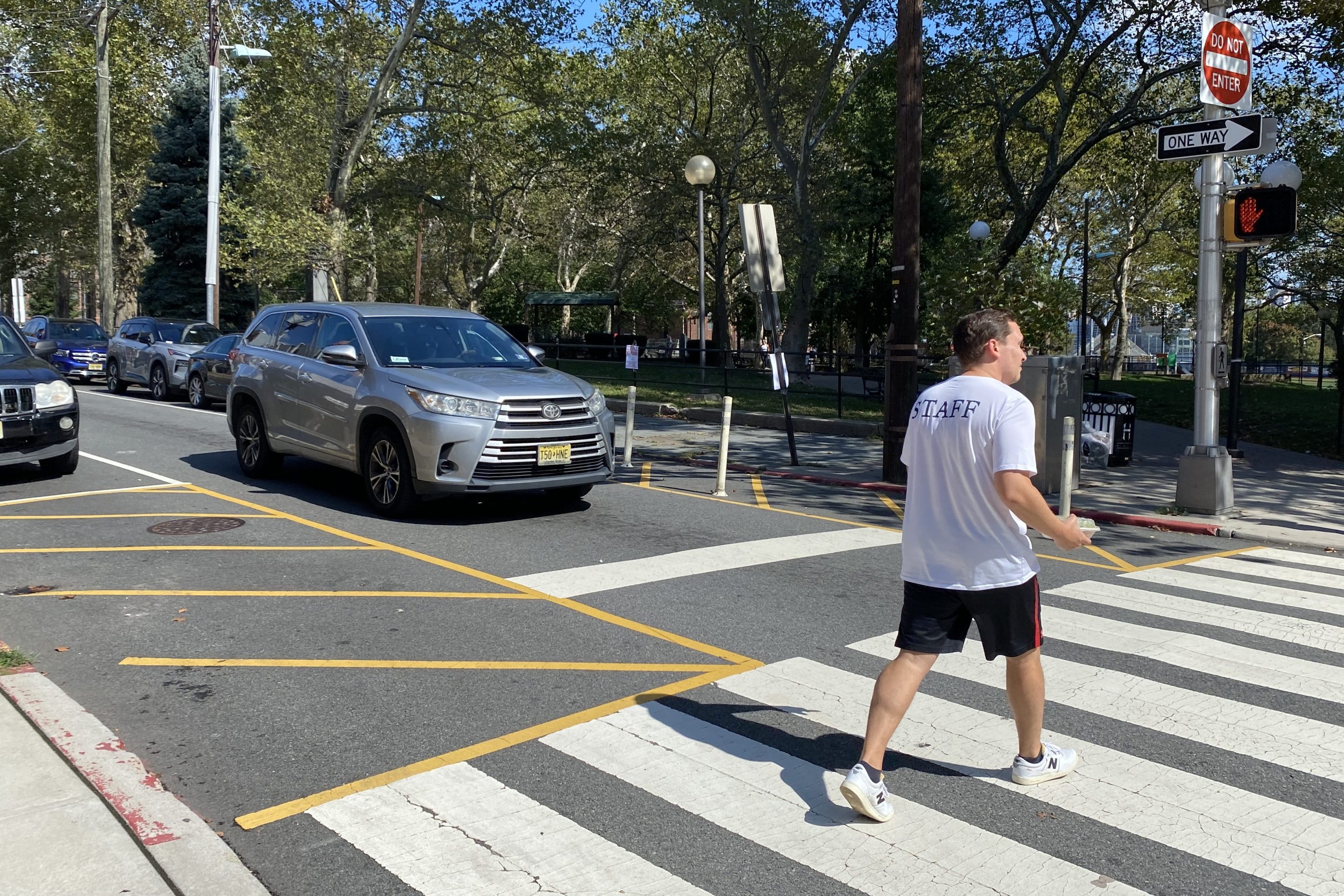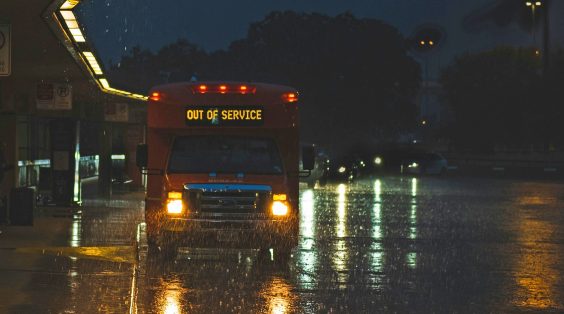Yesterday, anti-rail curmudgeon Ken Orski of Innovation Briefs quoted me in his latest diatribe against the administration’s transportation proposal, in which he explains why the Obama plan is unrealistic. Indeed, I think it’s safe to say the dollar amount of the administration’s bill is a non-starter in today’s political and economic climate, given that it’s about double what’s expected to come from the Highway Trust Fund over the next six years.
But there’s still a lot to be said for the president coming out with guns blazing and setting a high bar for smart infrastructure investment. And while the overall scale of the president's proposal doesn't stand much of a chance, several aspects of its policy reforms are still alive and kicking around the Capitol.
The Senate and House versions of a multi-year transportation bill are due to be released soon, so Orski's post serves as a good opportunity to take a step back, consider where things stand, and go over how the president's plan fits into the reauthorization process.
First, let me reiterate that the draft bill that’s been circulating has been disavowed by administration officials as an early draft that does not reflect what will be in the final White House proposal. So, at this point, we’re still working off a lot of assumptions as to what the president will ultimately support.
What we do know is what the White House laid out in February as its goals for a new transportation reauthorization – a bigger share for transit, an infrastructure bank, the consolidation and simplification of program structure within USDOT, a strengthening of TIFIA and TIGER, priority for livability and sustainability work, and an infusion of cash for high-speed rail – all rolled into one $556 billion, six-year bill.
Obama’s vigorous support for these programs is a huge shot in the arm to those pursuing transportation reform goals, but advocates’ excitement about the president’s outline was quickly tempered by the sobering realization that if the administration had a plan for funding such a far-reaching proposal, they weren’t letting anybody else in on it. The president himself rejected the idea of a gas tax, and yesterday’s brief flicker of hope that he might be considering a switch to a vehicle-miles-traveled fee was quickly extinguished.
Transportation Secretary Ray LaHood’s constant refrain that he was “looking forward to working with Congress” on a funding mechanism continues to ring hollow in the absence of any attempt to get down to specifics. We at Streetsblog have wondered if there’s a strategy behind all that -- or if the president’s full agenda was doomed to failure.
Many factors are aligned against such an ambitious agenda. As I mentioned (and Orski repeated), “a still-struggling economy, high gas prices, and a deficit-obsessed Congress” all make it a harder reach. If the president wanted to defend the feasibility of his proposal, he would have addressed those issues. Orski seems to believe the only path forward is to cave to the demands of House GOP leadership to pass a bill half the size of what he wanted. But Obama could have put his weight behind a new revenue stream that would fund the whole proposal. He could have found money elsewhere in the budget. Or he could have tried to justify a pretty hefty chunk of deficit spending.
Those are his three options. In the absence of Obama's support for any of these politically difficult choices, he’s forced Congress to pick one, and it looks like they’re just not going to do it on their own. At least not to the extent that would make passage of the full Obama plan feasible.
That doesn’t mean the president has a bad plan. It just means he's not fighting for it with enough conviction. So, what's next?
The Senate Environment and Public Works Committee and the House Transportation and Infrastructure Committee have both indicated they’re getting very close to announcing their bills. The House plan will probably stick firmly to projected revenues from the Highway Trust Fund (which we’re looking forward to calling the Transportation Trust Fund). The Senate plan will probably include some deficit spending and will use the shortfall to make a strong case for an expanded TIFIA loan program and infrastructure bank, both of which leverage limited funds with private investment to complete projects that would be impossible with only public money.
The loan programs are both aspects of President Obama’s bill that are made more realistic by the funding shortfall. There are several others that have a greater likelihood of becoming law than Orski would lead you to believe.
House Republicans have already said in their response to the president’s proposal that they support TIFIA expansion and the efficient consolidation of programs. Orski’s argument that the infrastructure bank is a long shot is diminished by the bipartisan introduction in March of a bill to create such a bank. That bill hasn’t progressed far in either chamber, but that’s no surprise – all transportation and infrastructure bills passed in the past two years have been “marker bills” expecting to be rolled into the reauthorization, not passed by themselves.
Orski also claimed Obama’s livability program was unlikely to make it into the final bill, saying the whole concept is “ill-defined” (which says to me that he just doesn’t get all the fuss about giving people the choice to get around without a car). The fact that livability programs largely survived the carnage of the FY2011 budget brawl bodes well for their place in a final reauthorization bill. The interagency Partnership for Sustainable Communities lives on. TIGER got the merest trim. Clearly, someone is standing up for these programs. And just yesterday, a Complete Streets bill was introduced in the House -- with bipartisan support.
Another administration priority that should find a home in the new bill is increased attention for performance measures. Many witnesses at House and Senate hearings helping craft the bill mentioned the need for greater performance metrics. Everyone seems to agree that in times of tight budgets, the country can no longer afford to throw money away on wasteful projects. A greater focus on performance can only help advance transportation reforms. There’s a strong argument to be made that highway expansion, at $39 million a mile in urban areas, is a poor investment.
To pass a bill as ambitious as the Obama plan, political leaders would have to stand up not just for increased infrastructure investment – even some of the most conservative members of Congress are for that – but for a way to pay for it. Even lacking that, however, some of the administration’s good ideas will end up in the final bill.







